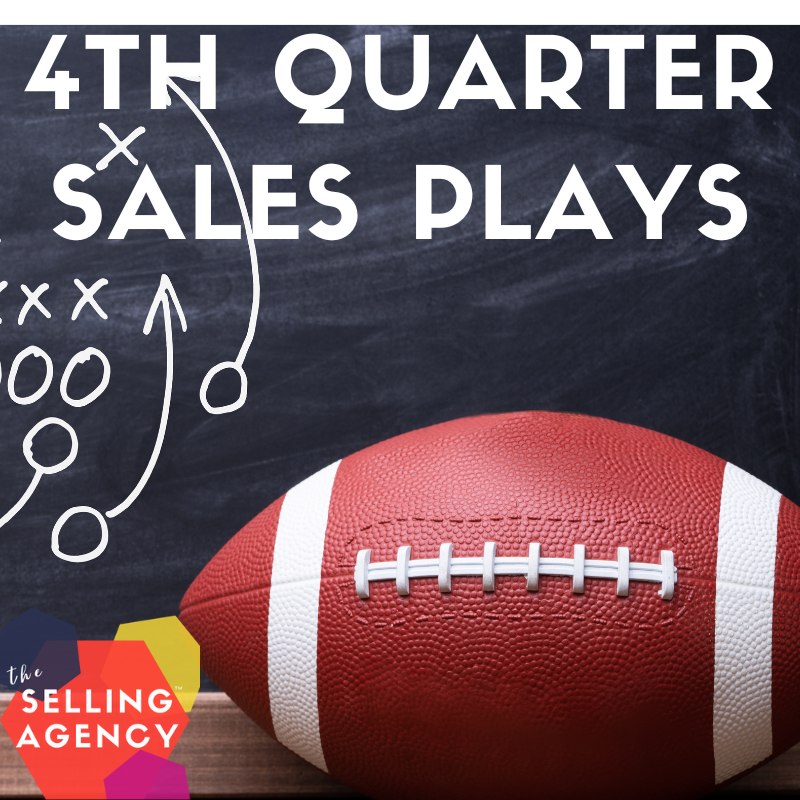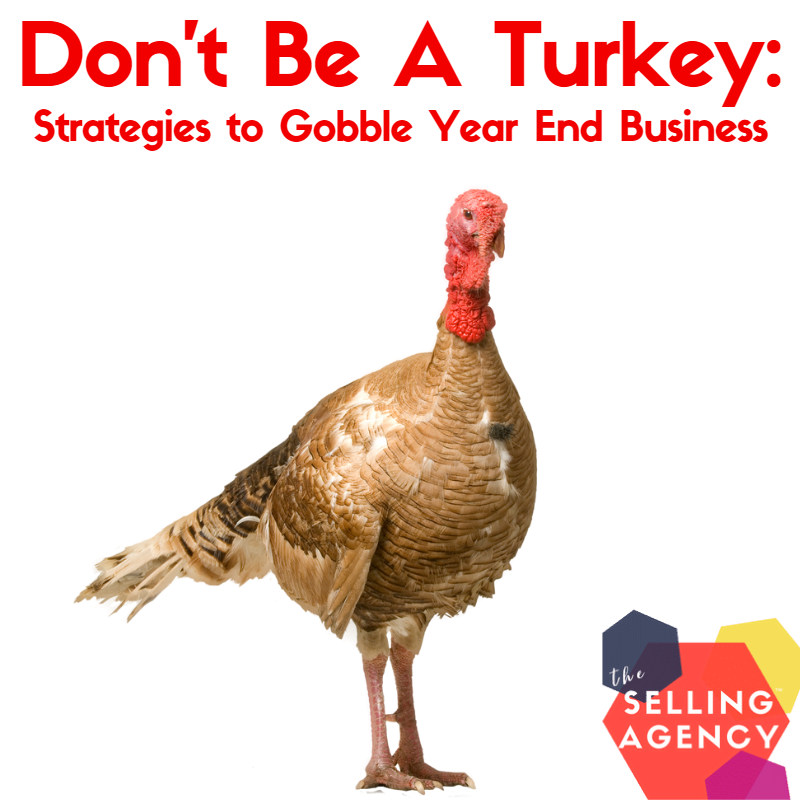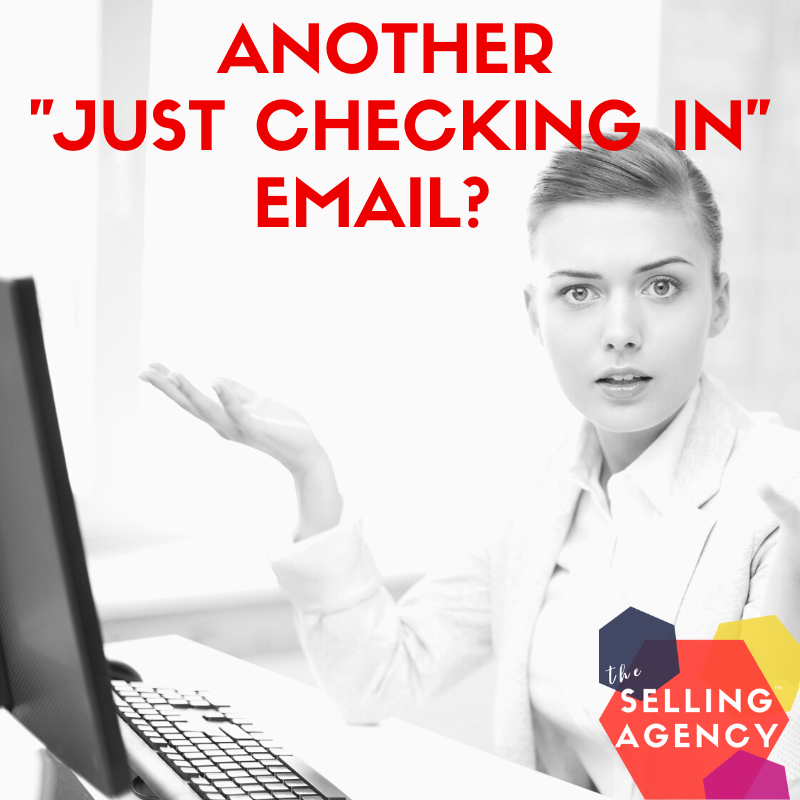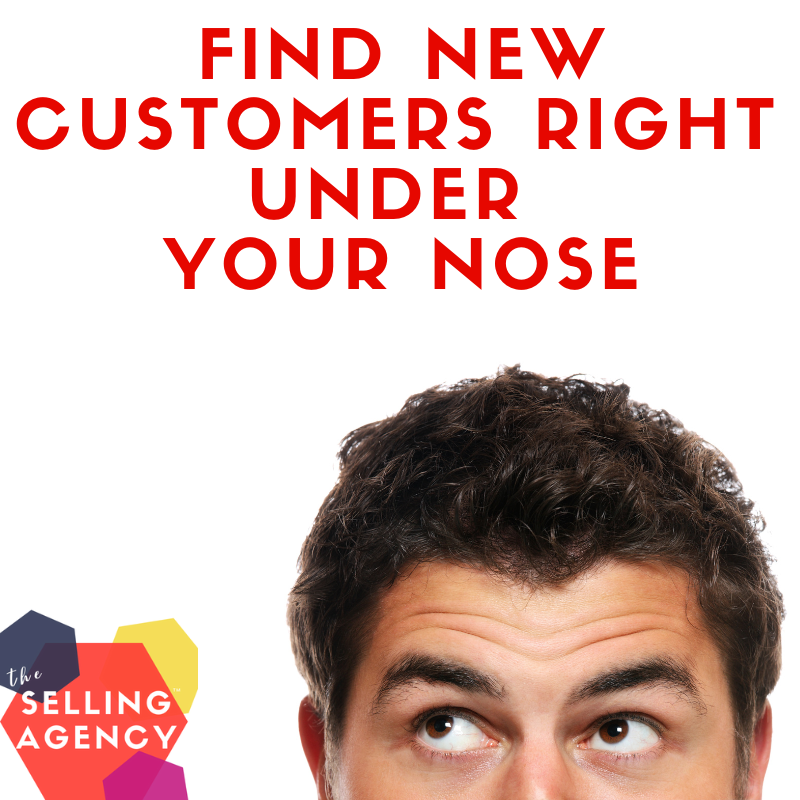What is your conversion rate and why is this little number such an important indicator of your company’s performance and health?
In the big picture, understanding your conversion rate helps you know exactly how much it costs you to gain a new customer. This can help you plan your budgets and determine your pricing and margins.
On a more molecular level, inspecting the rate at which you convert leads to opportunities and opportunities to deals can help you determine where you’re wasting time, money, and effort – a tremendous advantage to increasing profitability.
So, what percentage of clients do you win over or sign? Twenty-five percent of leads move to opportunities? Ten percent of opportunities sign deals? Less?
These rates will vary widely depending on industry and products (and don’t get too caught up in the industry standards), but no matter how big or small your business, here’s why taking a deep dive into your Conversion Rate can keep it from being more of the Casualty Rate at which you lose opportunities.
Imagine you’re a shooting guard and you’re only knocking down 15% of shots beyond the arc. Do you think your teammates would keep passing you the ball, accepting that they have to send you more opportunities for you to score? Nope. Can you imagine your team or coach accepting an 85% casualty rate on opportunities to score? I don’t think so. They’d stop passing to you or pull you out of the game.
Missed shots are not the problem, but a symptom of your larger problems.
In business, if your Conversion Rates are low, it probably means the root cause is one of two things:
You’re not taking the right shots or You’ve skipped too many practices.
You might see the signs of low conversion if you’re spending a ton of time trying to generate interest and leads in your product. Advertising, marketing, cold calling, networking are leaving you broke and exhausted with little leads moving to opportunities and even fewer opportunities closing.
Consider you may be casting too wide of a net and not attracting or pre-qualifying prospective clients thorough enough to avoid wasting time and money on them – essentially, you’re lobbing “Hail Mary’s” all the time, every time. Look at your marketing efforts and sales actions and ask yourself,
- Can you get more specific about EXACTLY who you serve and the unique benefits derived from working with you and use those in your selling messages, social media, collateral, et cetera?
- Instead of general messages, can you create specialized and targeted campaigns that speak in this specific customers’ terms, relating to their problems in context of your products and services?
- Could you ask more upfront questions or have stronger pre-qualifying parameters to help discern if prospects would, in fact, make good leads?
Or, Consider you need to practice and improve your skills
Most people hate this piece and thus, that’s why they “skip practice”. Even NBA players need to practice to continue to score (Just ask Alan Iverson . . . ). Don’t accept the casualty or failure rate, instead, look to see if you need to practice or improve in these areas to help move your clients forward in their decisions:
- Can you demonstrate your value quicker? Speak in terms of your competencies instead of your capabilities. Leverage referrals, client testimonials, and case studies to let your results boost your credibility.
- Can you build trust and connect with not just “buyers” but also the influencers in your prospective clients. Build relationships with all the stakeholders in the decision to understand how your product affects them.
- How do you lower risk for your prospective customers? In addition to quickly demonstrating your value and building trust, can you help your customer make decisions incrementally to move their buying process forward? Can you demonstrate your leadership, and how you’ll handle change management or address their implementation and execution concerns?
So, do you know your conversion rates?
Where can you improve upon your “Casualty Rates” from the shots you’re missing – at the Leads to Opportunities point or the Opportunities to Close stage?
Don’t settle or convince yourself you need more opportunities to earn more sales. Work smarter with the leads and opportunities you have to be more successful and ultimately more profitable.
Until next time, stop hoping, start SELLING!










